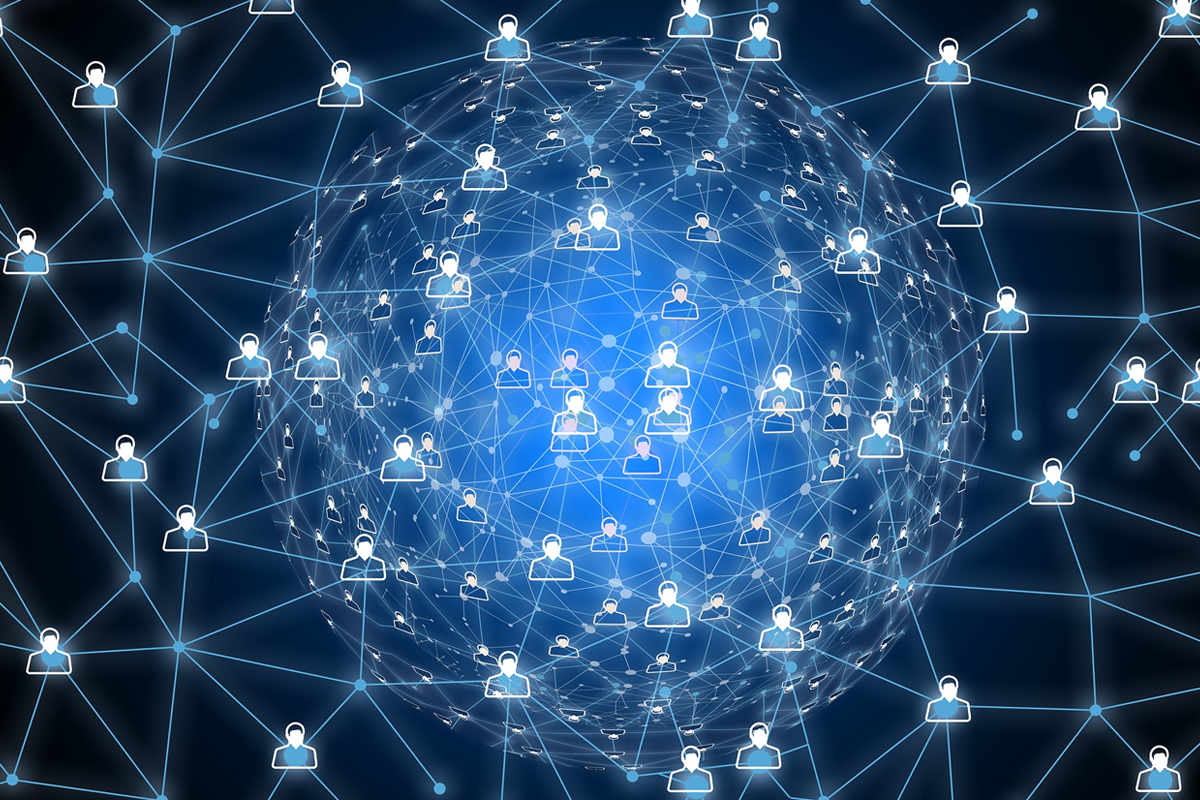Preventing a Second Wave – Contact Tracing
 In the fight against the coronavirus, contact tracing is vital to successfully reopen the economy while containing and limiting the transmission of the virus. Contact tracing is a proven method to respond to outbreaks and is essential to strengthen the country’s public health infrastructure and prevent a second-wave of COVID-19 from occurring.
In the fight against the coronavirus, contact tracing is vital to successfully reopen the economy while containing and limiting the transmission of the virus. Contact tracing is a proven method to respond to outbreaks and is essential to strengthen the country’s public health infrastructure and prevent a second-wave of COVID-19 from occurring.
Detective Work
Contact tracing is an epidemiological tool used to slow or even stop the spread of infectious disease outbreaks. Contact tracing functions much like detective work, requiring public health personnel to track the trail of a disease to uncover who might have been infected or exposed due to contact with infected individuals. The process involves identifying infected individuals and determining who they were in close contact with when they were infectious. Those who are identified as contacts are notified of their potential exposure to the disease and provided with information to understand the risks and their need to self-quarantine to prevent spreading the disease to others.
The Importance of Contact Tracing
Government officials are faced with the unprecedented challenge of easing stay-at-home restrictions without increasing the exposure risk to public health. To reopen the country safely and mitigate the risk, especially without a cure (therapeutic) or a prophylactic (vaccine) for the coronavirus available, it is essential to employ contact tracing to contain the spread of the virus. Contact tracing enhances testing capabilities by identifying multiple people who may be infected and enabling early detection.
Once the number of people infected has been successfully identified, resurgence will need to be suppressed by identifying contacts. Tracing strategies (contact tracers) are central to achieve this. The chances of containing a second ve of the coronavirus are significantly increase by having a robust contact tracing program. The implementation of contact tracing in conjunction with large-scale testing will increase the ability to limit the transmission of the coronavirus and identify areas where outbreaks are occurring. Contact tracing is therefore an essential tool to reduce the possibility of businesses and institutions closing their doors for a second time, and to foster an environment that makes individuals feel safe to return to work.
Methods used
Traditionally, contact tracing is conducted in-person or telephonically, with public health personnel (or contact tracer) interviewing an infected person to obtain specific information, such as where they have been and who they were around during the period they were infectious. This method has been used and proven indispensable to combat previous disease outbreaks, such as SARS, Ebola, and AIDS.
The widespread and highly contagious nature of the coronavirus has led public health experts to seek various technological solutions to supplement contact tracers. In Singapore, for example, contact tracers created a mobile app using Bluetooth capabilities to identify and notify contacts who came into close contact with an infected individual. Several other parts of the world have incorporated similar technology in their contact tracing strategy, with many U.S. states are looking into developing their own apps or using those commercially available.
Although this technology is helpful to trace the virus at a large scale, it requires a large portion of a given population to voluntarily download the app or use the technology to be effective. The technology also poses a variety of privacy and equity issues around how the data is collected from personal devices and what individuals may be left out due to lack of access of mobile phones or networks.
Technology is therefore a means to enhance in-person contact tracing capabilities, rather than replace them. Contact tracing requires a specific set of skills and knowledge to be done effectively and to communicate the risks of the disease to individuals. Contact tracing capabilities across the United States will need to be increased to safely reopen the nation and safeguard the public’s health.
IEM Contact Tracing Effort
IEM understands the importance of contact tracing to minimize the threat of COVID-19 and reopen the country. IEM’s emergency management and public health experts have responded to the fight against COVID-19 since Day One, staffing EOCs across the country, assisting governments with planning and recovery efforts, and providing daily Coronavirus modeling data to every state, territory, and over 360 significantly impacted counties. Our team of experienced and dedicated individuals is ready to assist state and local health departments to establish or supplement robust contact tracing programs to respond to the pandemic and mitigate the impacts of a potential second wave. IEM has perfected the skills necessary for success in this endeavor: anticipating the need of the customer, rapidly staffing for the situation, ensuring that its personnel have the training necessary for the job, and communicating clearly and consistently throughout. For more information on how IEM can assist with your Contact Tracing needs or if you have any questions, please contact our experts at covid19response[at]iem.com.




